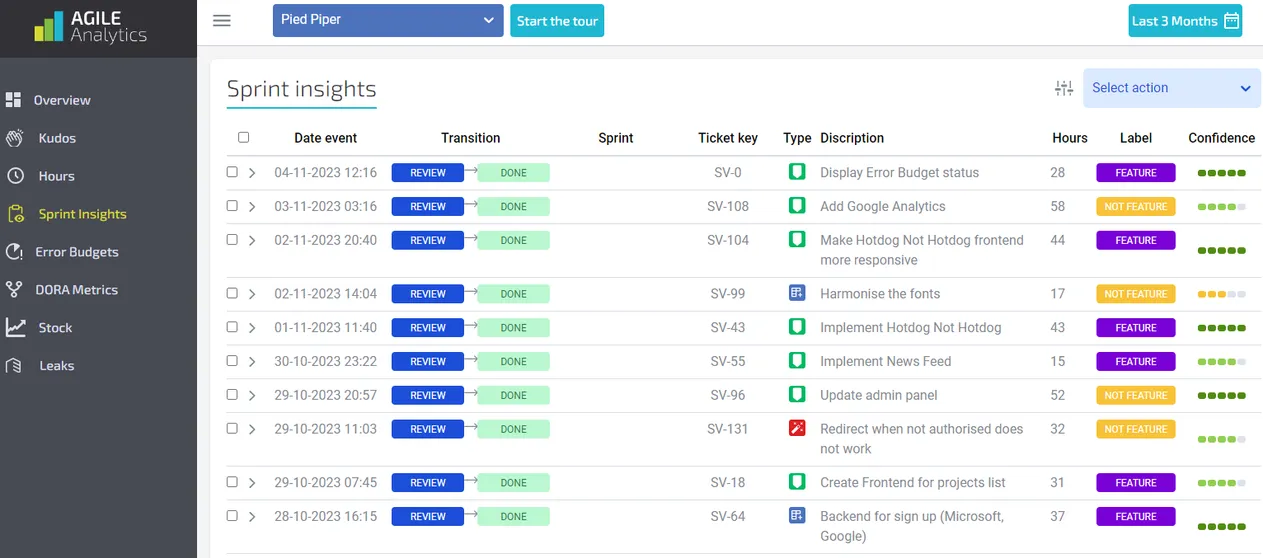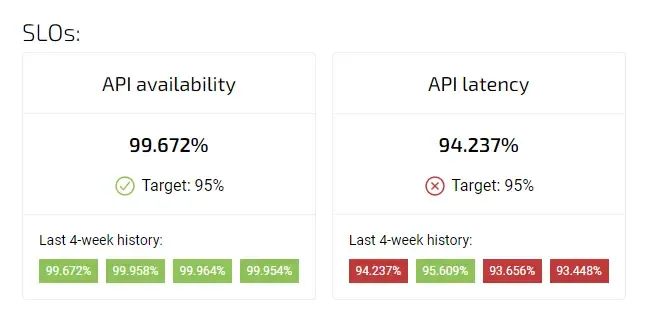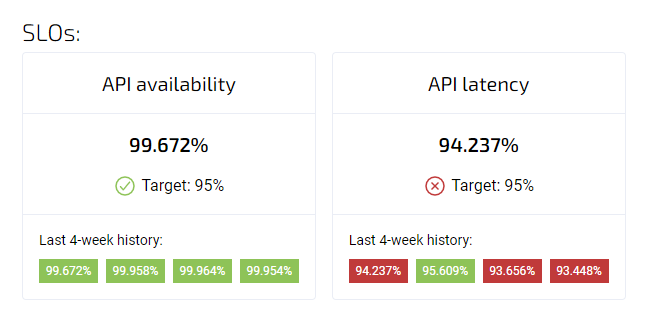Using machine learning algorithms for measuring performance

Published on November 8, 2023 by Zoia Baletska

As the saying goes, "You can't manage what you can't measure." This is especially true in software development, where the success of a project hinges on the performance of the development team. But fear not! Machine learning is here to help. With its powerful algorithms and ability to crunch through vast amounts of data, machine learning can provide a much more accurate picture of your team's performance. So, grab a cup of coffee and let's dive into the four ways machine learning can help measure your software development team's performance.
Predictive Analytics
Predictive analytics is a branch of data analytics that uses machine learning and statistical algorithms to analyze past data and predict future outcomes. It involves the use of data, statistical algorithms, and machine learning techniques to identify the likelihood of future outcomes based on historical data patterns.

Predictive analytics can also be applied in software development teams to predict project outcomes, identify potential risks, and optimize team performance. Here are some examples of how predictive analytics can be used specifically in software development teams:
- Predicting project completion time: By analyzing past project data, machine learning algorithms can predict the time required to complete future projects. This can help software development teams better plan their work and allocate resources more efficiently.
- Identifying potential risks: By analyzing historical data and identifying patterns, machine learning algorithms can predict potential risks in a project. This can help development teams take proactive measures to mitigate those risks and avoid project delays or failures.
- Improving software quality: Machine learning algorithms can analyze historical data on code quality, test coverage, and defect rates to predict the quality of future code changes. This can help development teams identify potential quality issues before they occur and improve the overall quality of their software.
- Predicting team performance: By analyzing historical team data, machine learning algorithms can predict team performance, identify areas for improvement, and recommend coaching or training to team members. This can help development teams optimize their performance and achieve better results.

using DORA Metrics for performance predictions
Predictive analytics machine learning can help software development teams make more informed decisions, optimize their performance, and improve the quality of their software. As data becomes increasingly important in software development, the use of predictive analytics is likely to become even more widespread.
Time Tracking
Time tracking involves using machine learning algorithms to track the time spent on each task or feature. This information can be used to identify areas where the team may be spending too much time, allowing organizations to allocate resources more efficiently.
- Time estimation: Machine learning algorithms can analyze historical data from similar projects to estimate the time required for specific tasks. This can help development teams plan more accurate project schedules and allocate resources more efficiently.
- Time allocation: Machine learning algorithms can analyze time-tracking data to identify where team members are spending the most time. This information can help development teams identify areas where more resources may be needed and allocate resources more effectively.
- Productivity monitoring: Machine learning algorithms can analyze time-tracking data to monitor individual team member productivity. This information can help development teams identify where team members may need additional coaching or training to improve their performance.
- Task prioritization: Machine learning algorithms can analyze time-tracking data to identify which tasks are taking the most time to complete. This information can help development teams prioritize their work and make adjustments to ensure that the most important tasks are completed first.
- Resource planning: Machine learning algorithms can analyze time-tracking data to identify which team members are working most efficiently and allocate resources accordingly. This can help development teams optimize their resource allocation and improve overall team performance.

machine learning enhanced time-tracking in Agile Analytics
Time-tracking machine learning algorithms can provide valuable insights into team performance and help development teams make data-driven decisions to improve their productivity and meet project deadlines.
Resource allocation machine learning algorithms can provide valuable insights into how development teams can allocate resources more effectively to improve project outcomes. As software development projects become increasingly complex, resource allocation is likely to become even more critical for ensuring project success, and the use of resource allocation machine learning algorithms is likely to become increasingly common.
Sentiment Analysis
Sentiment analysis is a powerful application of machine learning that allows software development teams to analyze customer feedback, identify patterns and insights, and improve the quality of their software.

Here are some examples of how sentiment analysis can be used specifically in software development teams:
- Analyzing customer feedback: By analyzing customer feedback through social media, email, and other channels, machine learning algorithms can identify common issues and complaints. This can help development teams identify areas for improvement and prioritize their work accordingly.
- Identifying user experience issues: Machine learning algorithms can analyze user feedback to identify patterns in how users are interacting with the software. This can help development teams identify areas where user experience could be improved and make adjustments accordingly.
- Monitoring software reviews: Machine learning algorithms can monitor online software reviews to identify common complaints and issues. This can help development teams prioritize their work and make improvements to their software based on customer feedback.
- Analyzing support tickets: Machine learning algorithms can analyze support tickets to identify common issues and the frequency of those issues. This can help development teams prioritize their work and make improvements to their software to reduce the number of support tickets over time.
- Identifying sentiment in code reviews: Machine learning algorithms can analyze code reviews to identify sentiment and the overall tone of comments. This can help development teams identify areas where team members may need additional coaching or training and improve the overall quality of their code.
Machine learning-based sentiment analysis can assist software development teams in gaining a better understanding of their customers, recognizing the areas where improvements are required, and making well-informed decisions backed by data to enhance the overall quality of their software.
Conclusion
In conclusion, with machine learning, you can say goodbye to subjective performance evaluations and hello to accurate data-driven insights. It's like having a team of highly skilled analysts working tirelessly in the background, except they don't take coffee breaks or nap time. By using machine learning algorithms, you can optimize your team's performance, make informed decisions, and deliver high-quality software products. So what are you waiting for? Embrace the power of machine learning and take your software development team's performance to new heights!
Supercharge your Software Delivery!
Implement DevOps with Agile Analytics
Implement Site Reliability with Agile Analytics
Implement Service Level Objectives with Agile Analytics
Implement DORA Metrics with Agile Analytics





